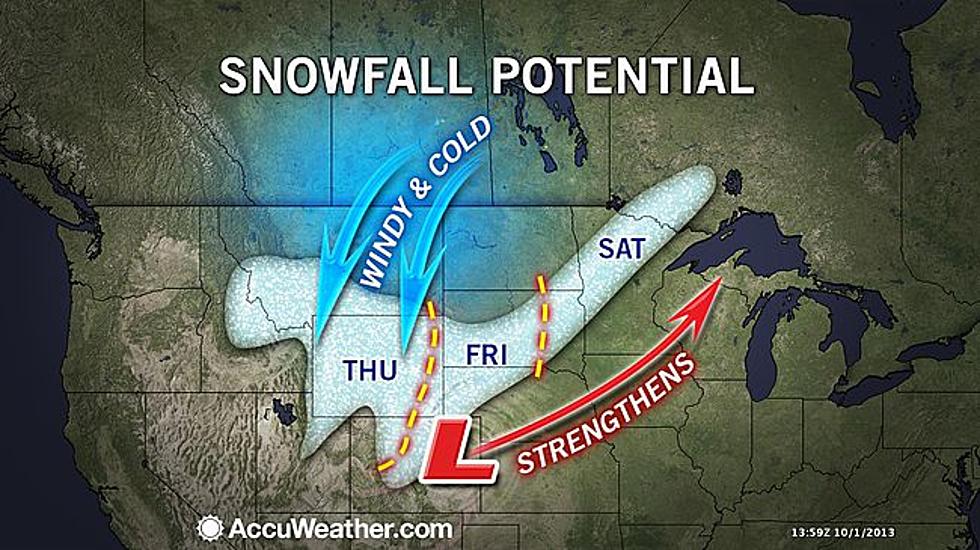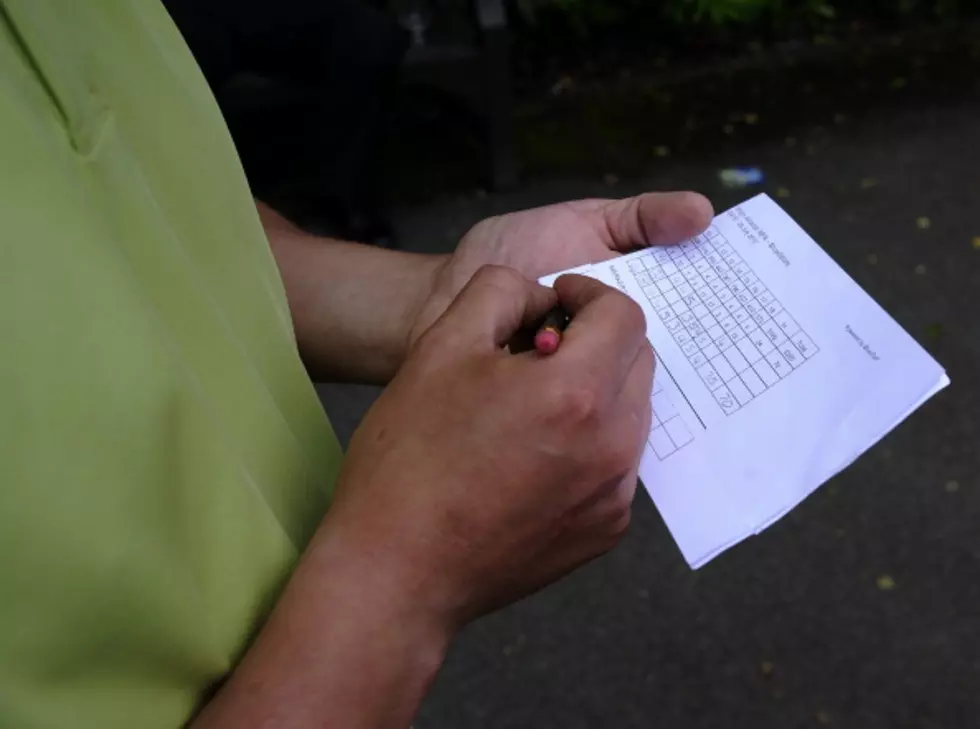![Worth the Cost – Higher Electric Bills Are Worth It to Prevent Climate Change [OPINION]](http://townsquare.media/site/484/files/2013/10/Light-Switch-e1380722037179.jpg?w=980&q=75)
Worth the Cost – Higher Electric Bills Are Worth It to Prevent Climate Change [OPINION]
The Environmental Protection Agency has set a restrictive standard for future coal fired power plants in an effort to reduce carbon emissions. Meeting this limit will mean that any newly built facilities will be of a significantly different design than is standard today.
There has been some limited success with carbon capture technology, but large scale implementation of this approach is currently a very costly endeavor. As a nation, we are going to start building fewer coal fired power plants.
That is already kind of happening anyway, not because of any government rules, but because natural gas is proving to be a lot more cost effective way of producing electricity.
The drop in price for natural gas is mainly attributable to the widespread use of fracking, which poses its own problems, but has resulted in energy moguls moving away from coal on their own accord.
Let’s not forget wind and solar, which are also becoming cheaper to produce, and only stand to become less expensive as technology improves and their components are produced on a larger scale.
The fact that some coal burning plants, that might have been built otherwise, might now not come to pass, is hardly a big deal when we have other, less carbon intensive options available. A larger impact to consumers will come next year when EPA comes up with rules to reduce emissions from existing operations.
Most electrical power generation comes to the consumer via a government regulated monopoly over a particular area. Power companies need to run their rates by the government, which allows them to pay all their bills and make an acceptable profit. Whatever additional costs are rung up by retrofitting existing plants are going to be passed along to the consumer in totality.
No one likes the idea of paying more in the future for the same thing they are getting for less today, but in this case it would on balance be a good thing, if it is implemented properly.
There is a tremendous amount of waste in the way we use electricity in this country. Nothing makes you turn off unnecessary lights and devices quicker than a higher than expected electric bill. In this case though, our collective need goes beyond flipping a few switches.
Across the board increases in demand for energy efficient products will spur greater production of these items and ultimately bring down their prices.
It is hard not to sympathize with the person in the light bulb aisle who knows that the compact fluorescent or LED bulb is a better long term choice, but has to buy the old filament bulb because their budget simply can’t accommodate the additional expense.
That is the good thing about government though; what it takes from the coal crowd, it can give back in the form of subsidies to consumers and the industries that can keep us enjoying our electric comforts, only with less waste and carbon pollution.
No set of EPA rules is going to prevent climate change from happening. That ship has sailed. We have already disturbed our environment in ways that will take hundreds of years to work through the system.
This is about lessening the damage that is barreling down the track toward us, our children and our grandchildren. The biggest worry now is avoiding certain tipping points, such as a complete melt of the permafrost that is holding back an enormous amount of methane. These tipping points are triggers to the worst case scenario forecasts that would radically alter our future.
Paying more for electricity isn’t like when the bank decides to raise it monthly fee for no reason other than to pad its profits. The path to a 10 degree warming has a point of no return. If we can avoid that, it will be well worth the cost.
The opinions expressed in this commentary are solely those of John Gossom and do not reflect Results Radio, Townsquare Media, its sponsors or subsidiaries.
More From Hot 104.7 - KKLS-FM








